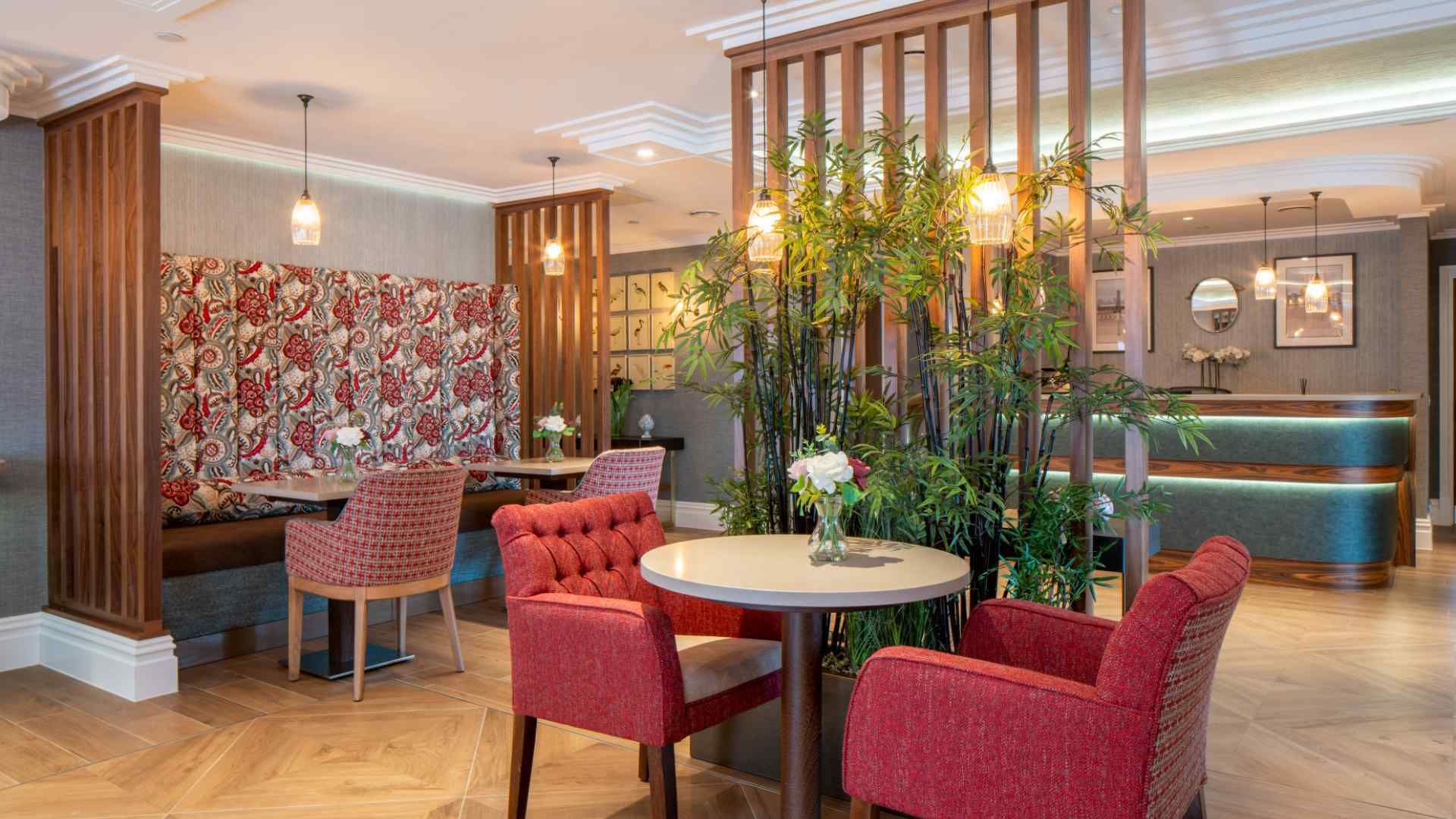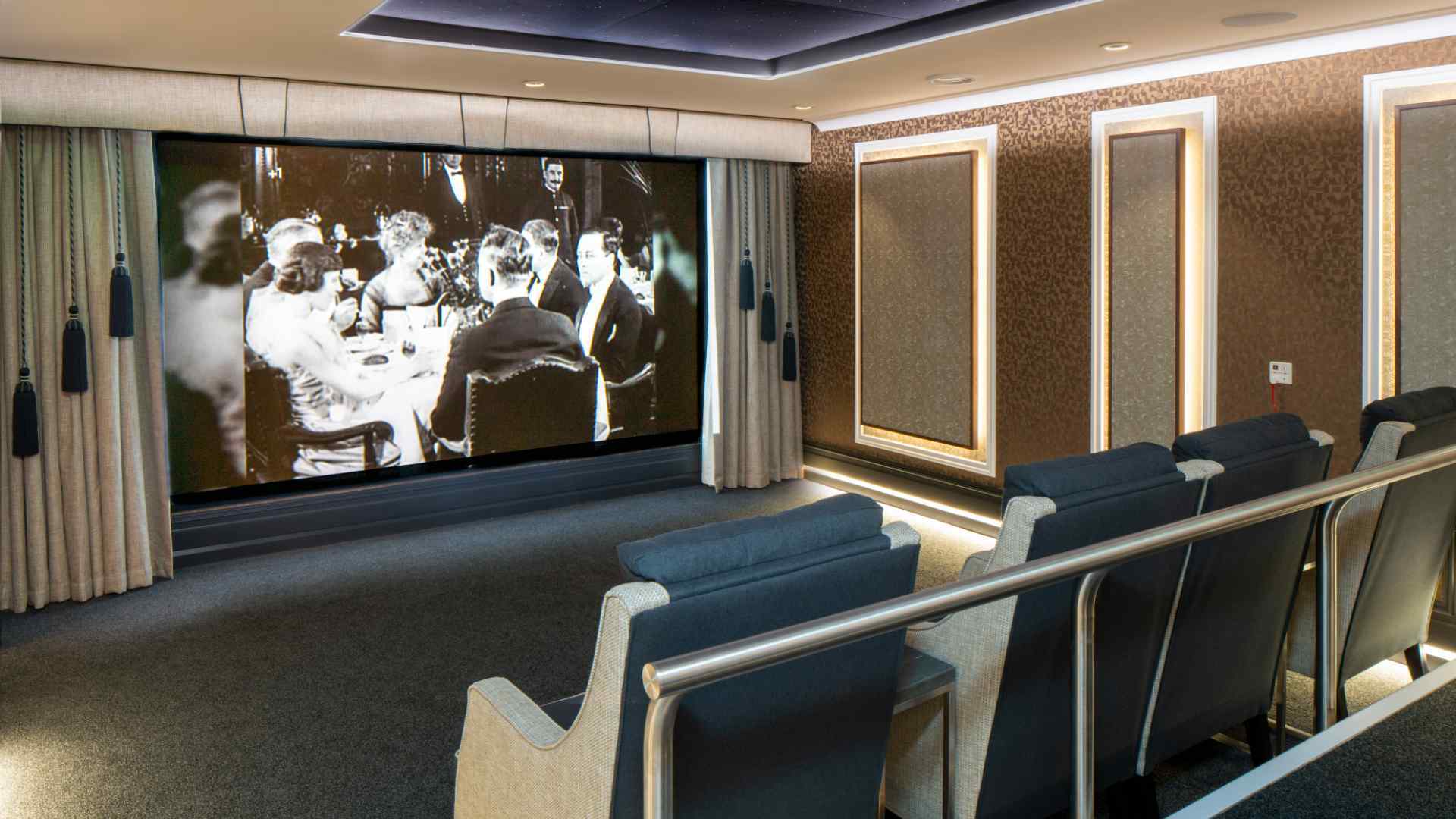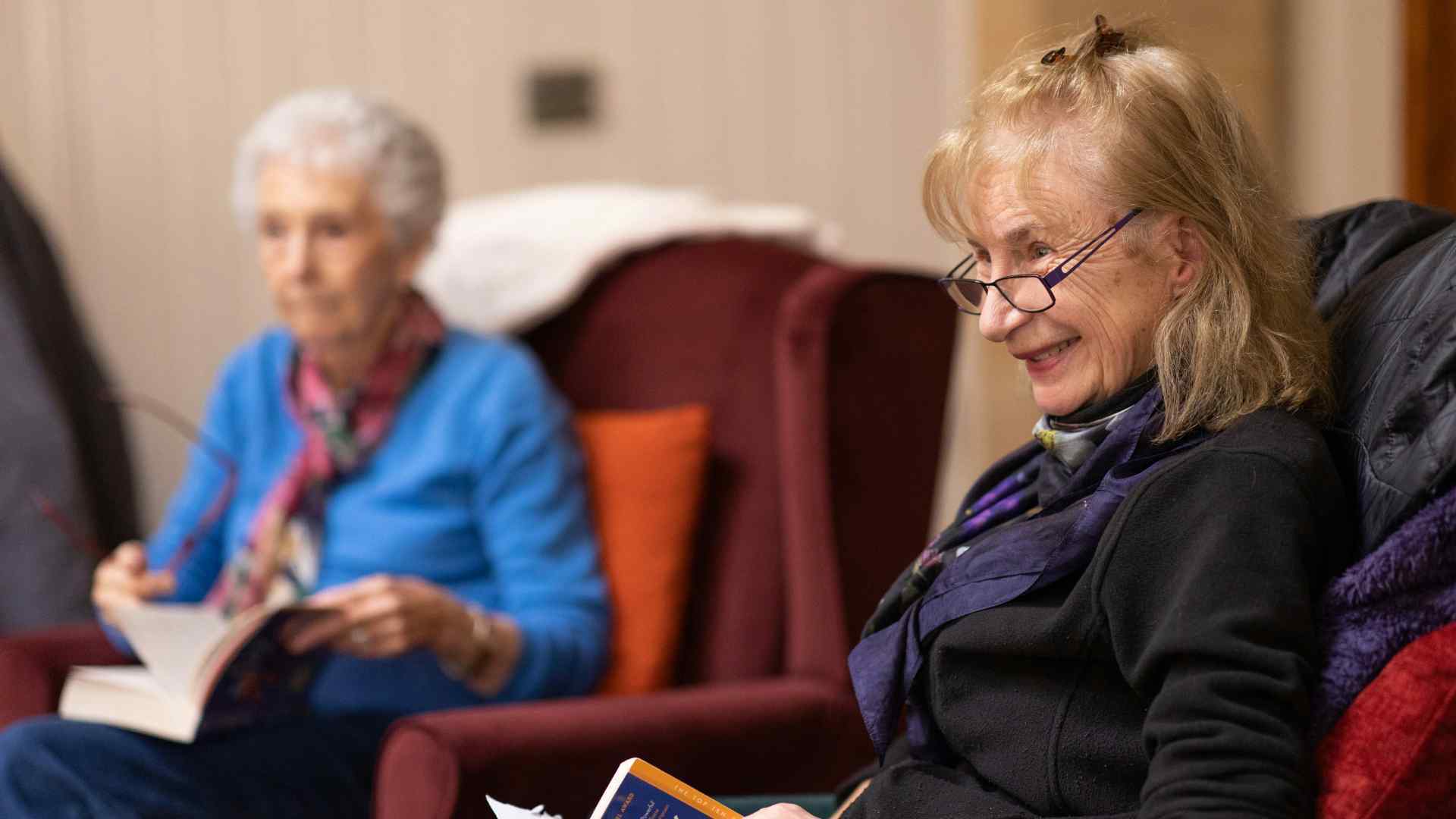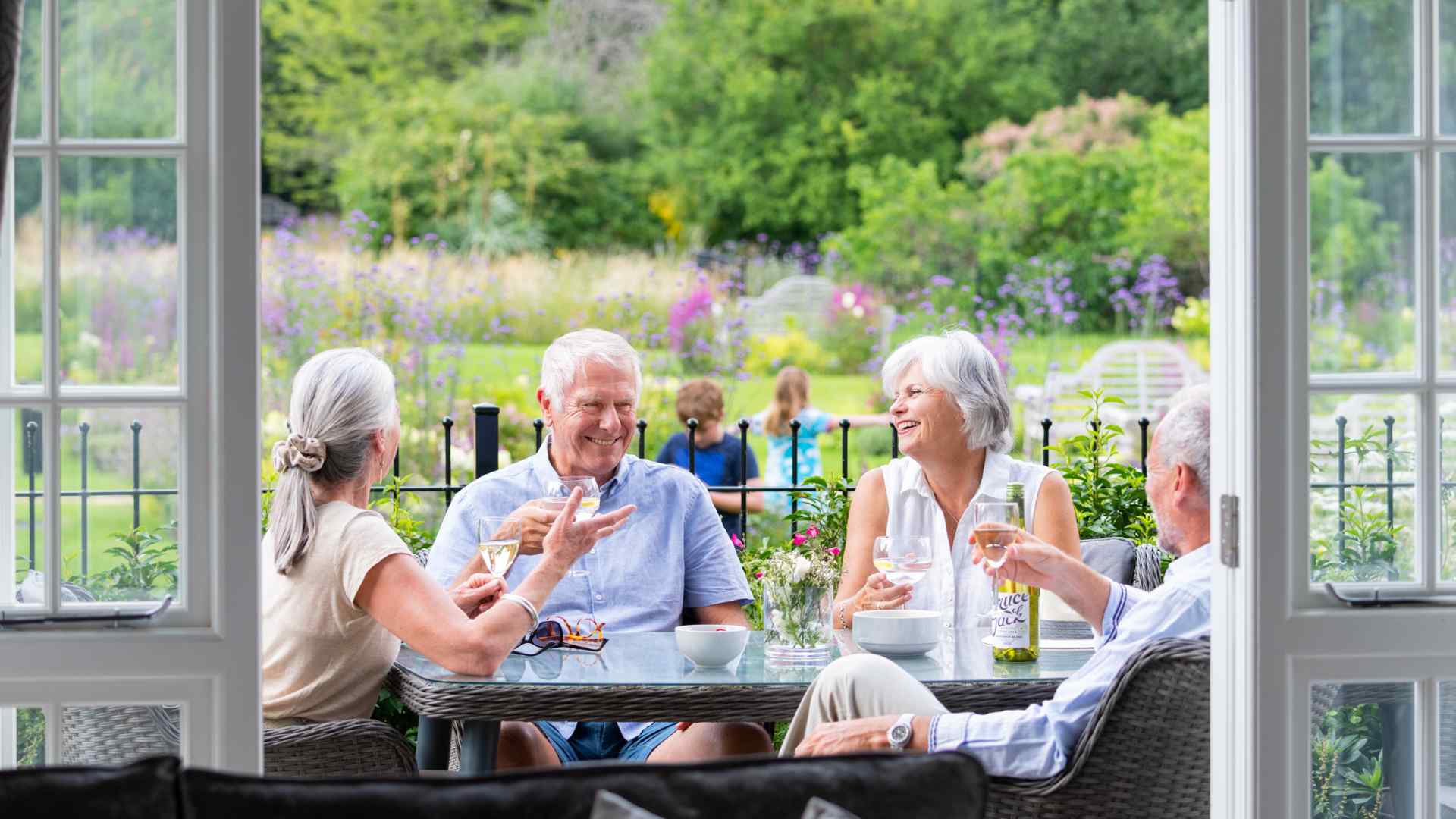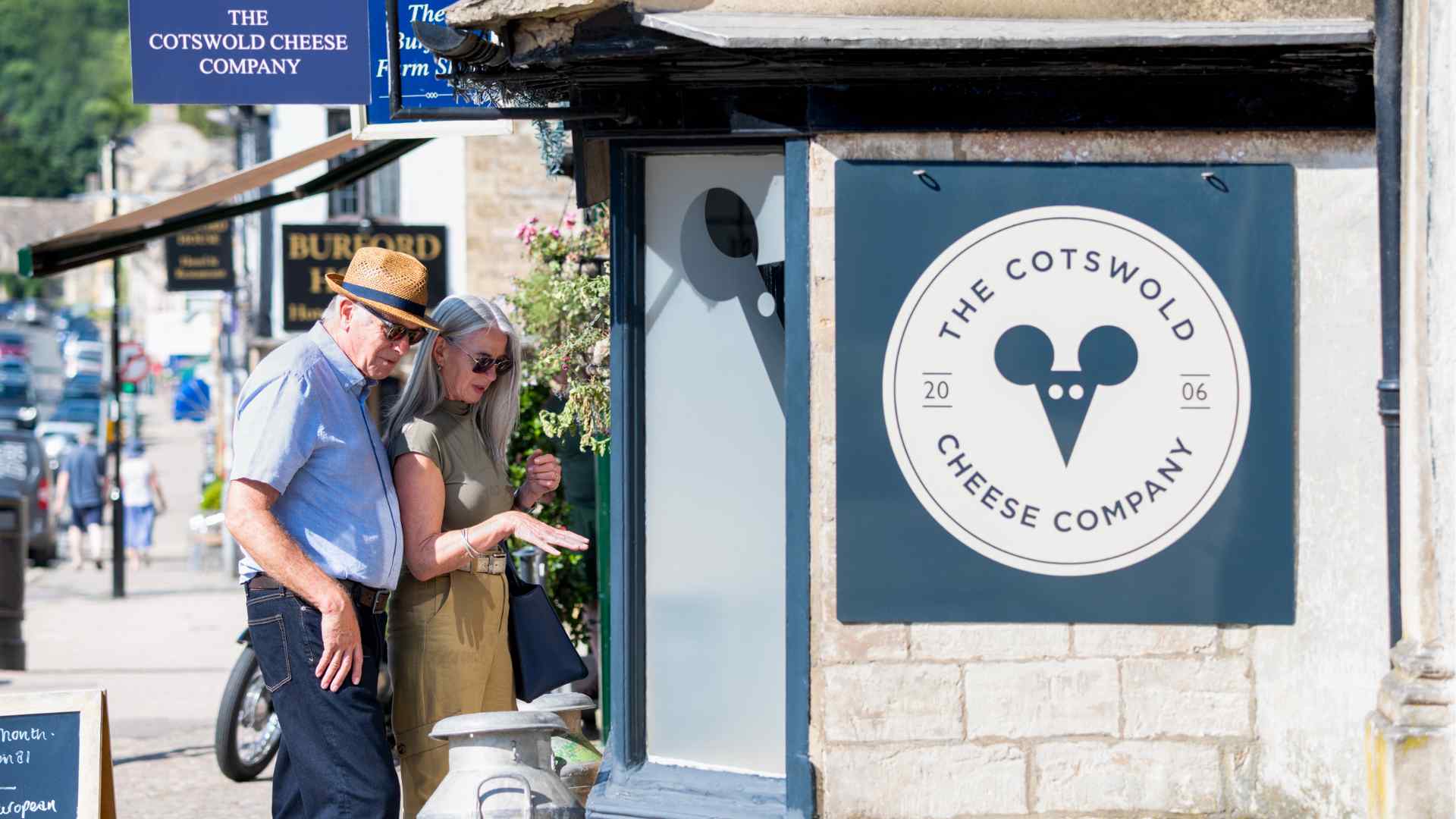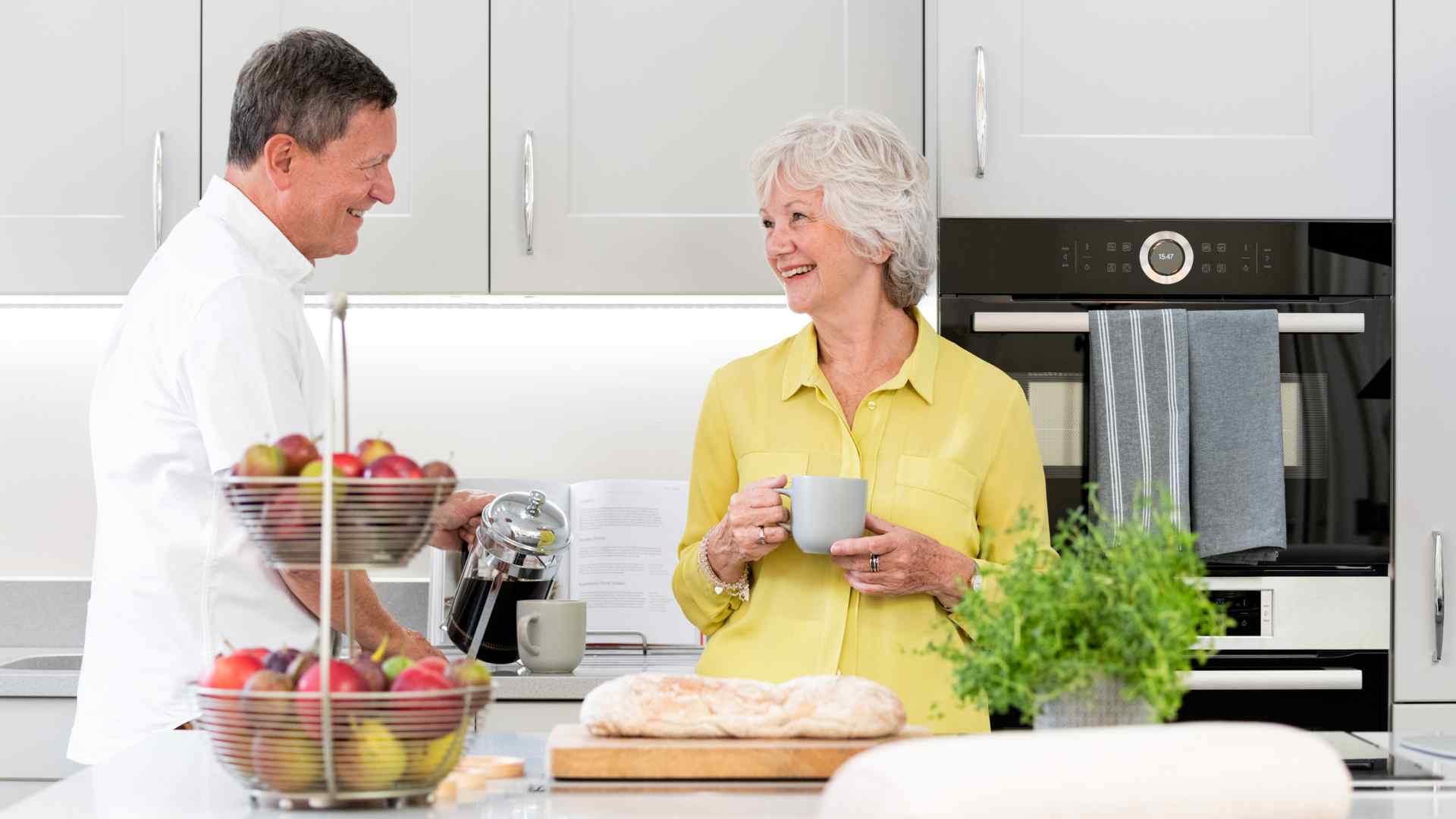
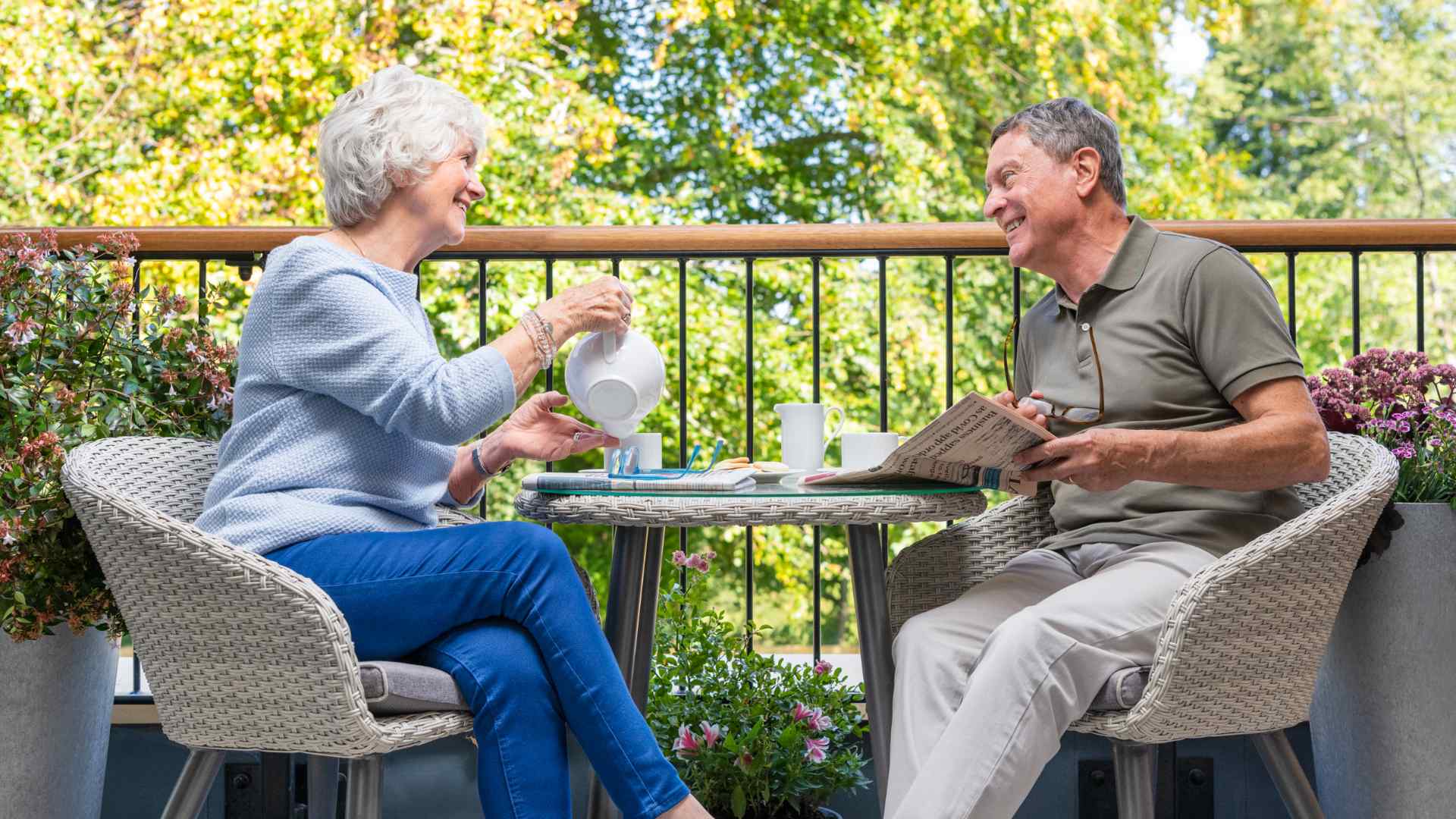
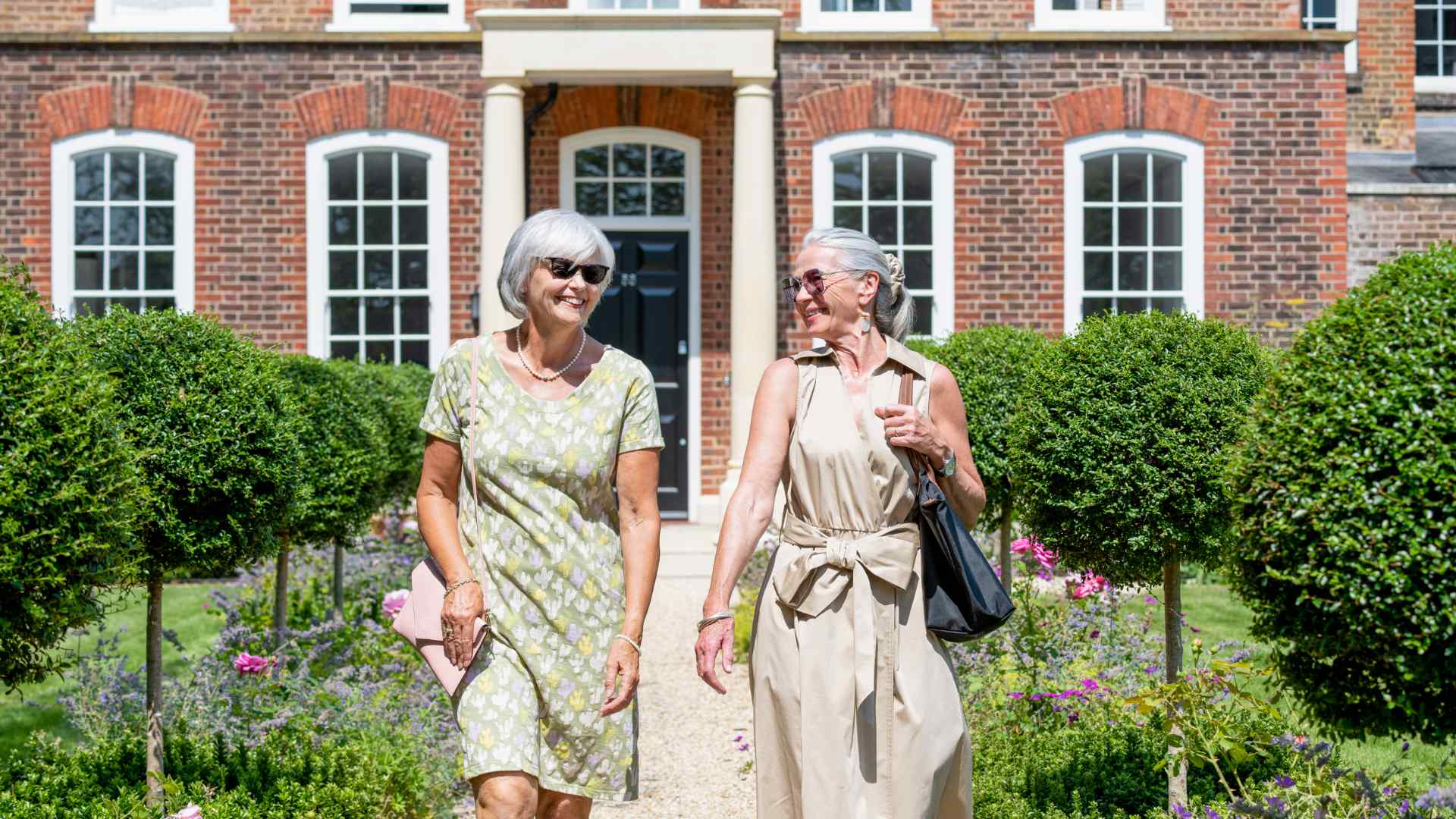
There are at least 12 different terms to describe retirement housing including extra care housing, housing with care, independent living, retirement communities and retirement villages. Often, when asked to think of retirement living, people think of only care homes or nursing homes, but in reality, there are options for all requirements.
This is a guide to the most common types of retirement housing available, and the type that you choose will depend on a whole range of factors.
How much do you want to spend on your property? What level of service charges can you afford? Are you active and independent or do you need more care and support? What kind of facilities do you need and want on site?
We hope the following guide will give you some idea of what the different types of retirement homes offer.
Retirement housing is also called age-restricted housing, sheltered housing and retirement communities or may simply be advertised as a retirement development.
This type of housing is designed for active older people, generally over the age of 55, although some developments specify the over 60s or over 70s. The homes are self-contained, generally apartments, houses or a combination of these and offer independent living.
Owners are able to maintain their privacy and independence whilst belonging to a community of like-minded people and having the opportunity to socialise with neighbours if they so wish.
Many retirement developments provide properties for sale although there is a growing retirement rental market. Such developments usually have a limited number of properties, perhaps up to 70 and may provide a communal lounge for the use of residents.
Some also feature laundries or guest suites which are useful when friends and families come to visit. Usually, an estate manager or house manager will be employed on a part-time basis and will handle the administration of the development, organising the cleaning and maintenance of the communal areas, the upkeep of the landscaped gardens and a variety of other tasks.
The cost of maintenance, cleaning, buildings insurance, gardening and external window cleaning is paid for out of the annual service charges which vary from development to development and from developer to developer.
Integrated Retirement Communities (IRCs) offer a combination of retirement living and care/support and this covers retirement villages, housing with care, extra care and assisted living.
An IRC offers independent living in that it comprises self-contained homes for sale, shared ownership or rental, but with far more facilities and care options on hand. Typically, there will be restaurants and cafes, leisure clubs with gyms, swimming pools, health suites and exercise classes, libraries, cinema rooms, activity rooms and hair salons – and an active social programme. In addition, there will be optional 24-hour care and support on hand as well as staff to help with domestic chores. With these additional facilities, it is likely that you will be expected to pay higher service charges.
The term ‘integrated’ has been adopted because of the integration of lifestyle, well-being and care. IRCs tend to be much larger than retirement housing developments: generally, between 60 and 250 homes.
Retirement villages are classified as IRCs and these are usually marketed to the affluent over 55s offering a wide range of facilities. Indeed, many are more like ‘country clubs’ than housing developments.
Care homes, also known as nursing homes or residential homes – and sometimes referred to as ‘old people’s homes’ are designed for communal residential living.
Residents will have their own en-suite accommodation but family and friends are not usually able to come and stay. There will be a communal lounge and, usually, access to gardens, all meals are provided and care/support is on hand 24 hours a day.
Of course, you are very unlikely to be able to purchase a property within a care home.
Retirement Housing/ Independent Living
Integrated Retirement Communities
Care Homes
Those who buy retirement housing are generally independent and active, keen on maintaining their privacy, but who want to live in a peaceful community of like-minded people.
IRCs provide the option of healthcare and domestic support, with residents possibly needing more support as they age.
Care Homes cater for those who need all types of support and are unable to live alone safely.
If you’ve lived for years in a family home on a small development or in a quiet residential area, you may not want to buy or rent at an IRC with up to 250 homes.
When you're considering your options, you may find that the location of each type of retirement development differs, depending on the size and services on offer.
Retirement housing developments tend to be located within villages, towns or cities, with close access to local amenities and transport routes. Integrated Retirement Communities, especially when of a larger size, are more likely to be located away from towns and cities, with some, as the name suggests, functioning as a 'village' in its own right. IRCs of a smaller size can also be found within towns, so ensure you research locations before visiting. Care Homes are found within most towns, cities and also many villages, for a more rural option.
Here at Beechcroft, our homes fall under the 'Retirement Housing' category, which is best suited to those who wish to retain their independence, however, whilst you’ll be able to maintain your privacy, you won’t be alone if you need help.
You will soon get to know the Estate Manager at your development, who will be there to help you settle in, arrange for your windows to be cleaned and also for your private garden to be maintained for you. This support will give you the opportunity to integrate yourself in your new community without the hassle of arranging this maintenance yourself.
You can expect a modern house or apartment with generously proportioned rooms and plenty of entertaining space, and most homes have access to their own private space in the form of a terrace, garden or balcony, in addition to beautifully landscaped communal grounds.
And if you choose a new home on a development with a neighbouring care home, you will be able to enjoy additional services without giving up your independence – hot daily meals, hairdressing, laundry services and social events are just a few of the benefits on offer, without being obliged to pay for these services, as may be the case at an IRC.
Find out some of the key benefits of living in a Beechcroft home below...
Discover Beechcroft's current and forthcoming developments and get in touch with one of our friendly team members.
View all developments2 December 2025
Discover the best 2025 UK supermarket party foods — from pigs in blankets, bao buns and cocktail bites to vegan-friendly snacks…
Read more26 November 2025
There’s nothing quite like starting the festive season off with a visit to a Christmas market. Usually set in market squares or…
Read more12 November 2025
Discover the best Christmas desserts to buy from UK supermarkets in 2025 – from festive cakes to indulgent treats for your holiday…
Read more